Branding is not just about having a catchy logo or a stylish color palette; it is about creating a unique identity that resonates with your audience. Meanwhile, marketing strategies help in reaching potential customers and converting them into loyal clients. To build a successful business, a combination of both branding and marketing is required. Let’s explore the key strategies that can help businesses thrive.
Understanding Branding
Branding is the process of shaping your business’s identity. It involves defining what your business stands for, how it communicates with its audience, and the emotions it evokes in consumers. A well-defined brand gives your business a competitive edge and fosters trust among customers.
- Define Your Brand Identity
- Establish a clear mission and vision.
- Identify core values that define your business.
- Develop a unique value proposition that differentiates you from competitors.
- Create a Memorable Visual Identity
- Design a professional logo that reflects your brand personality.
- Choose a consistent color scheme and typography.
- Use high-quality visuals and design elements across all platforms.
- Craft a Unique Brand Voice
- Determine whether your brand tone is formal, casual, or conversational.
- Maintain consistency in communication across all channels.
- Engage with customers through storytelling and relatable content.
Marketing Strategies for Business Growth
Marketing is essential for attracting and retaining customers. It involves promoting products or services through various channels to create brand awareness and drive sales. Here are some effective marketing strategies:
- Know Your Target Audience
- Conduct market research to understand customer demographics and preferences.
- Create buyer personas to tailor marketing efforts effectively.
- Analyze competitors to identify gaps and opportunities in the market.
- Leverage Digital Marketing
- Utilize social media platforms (Facebook, Instagram, LinkedIn, TikTok) to engage with your audience.
- Invest in search engine optimization (SEO) to improve website visibility.
- Implement pay-per-click (PPC) advertising for targeted reach.
- Content Marketing
- Create high-quality, informative, and engaging content such as blog posts, videos, and infographics.
- Use storytelling to connect emotionally with your audience.
- Offer valuable insights through email marketing campaigns.
- Influencer & Affiliate Marketing
- Partner with influencers to increase brand credibility and reach.
- Utilize affiliate marketing to expand your customer base.
- Encourage word-of-mouth marketing through customer referrals and testimonials.
- Customer Engagement & Retention
- Offer excellent customer service to build brand loyalty.
- Implement personalized marketing techniques such as email automation.
- Gather feedback and continuously improve products or services.
The Power of Consistency
Consistency is key when it comes to branding and marketing. Ensure that your brand messaging, visuals, and customer interactions align with your business identity. A consistent brand builds trust and recognition, making it easier for customers to recall and choose your business over competitors.
Conclusion
Branding and marketing are powerful tools for business success. A strong brand identity coupled with strategic marketing efforts can drive customer engagement, increase sales, and enhance business growth. By understanding your audience, leveraging digital marketing, and maintaining brand consistency, you can create a long-lasting and impactful presence in the market. Implement these strategies effectively, and your business will be well on its way to success.

